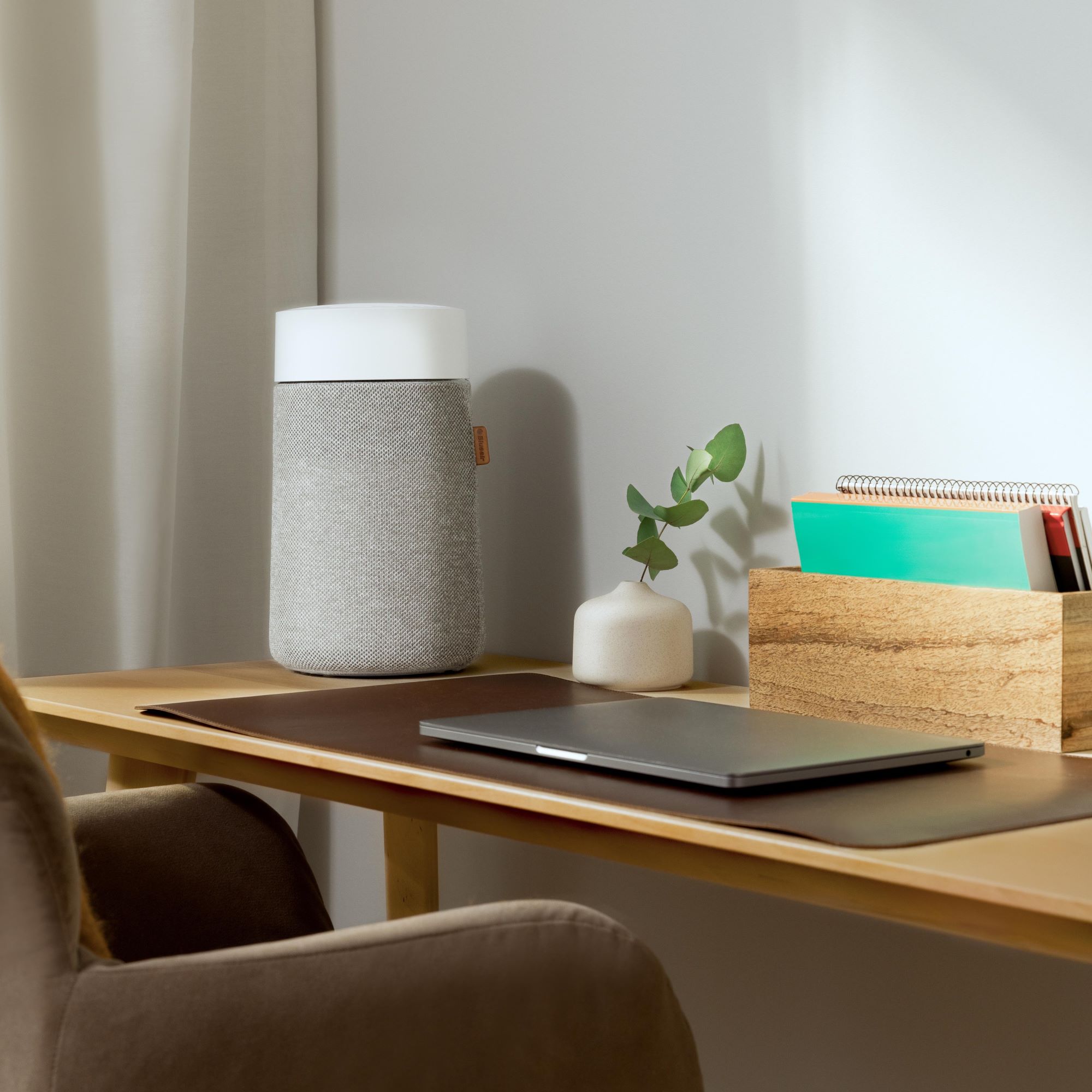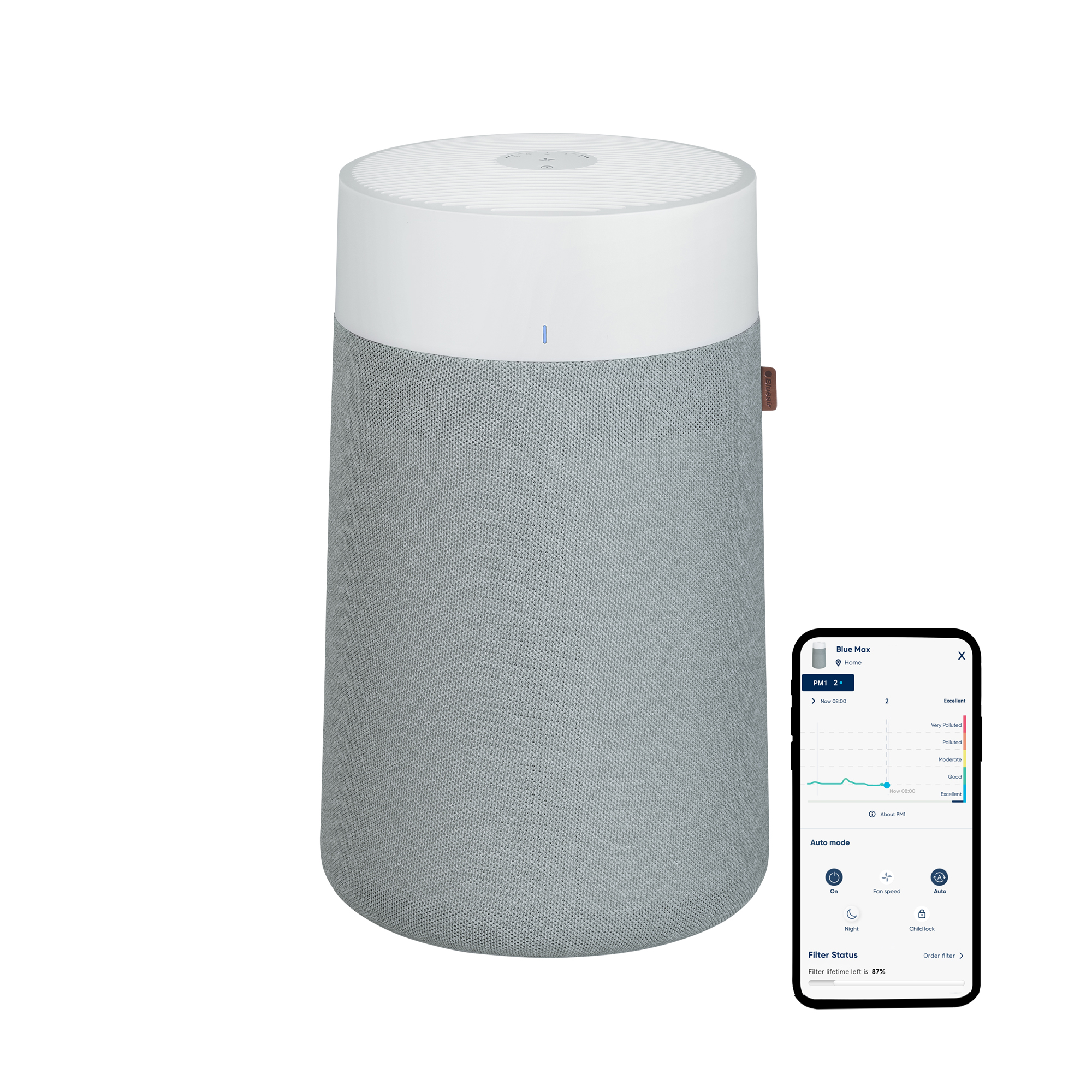Should you leave your air purifier on all the time? Here's what the experts think
Is 24/7 too much or just right? Here's the need-to-know information about how long your air purifier should be on for


Air purifiers need to be turned on for a good chunk of time to improve indoor air quality, but it can be tricky to know whether you should leave your air purifier on all the time to get the most out of it. On the one hand, you want to breathe clean air consistently inside your homes, but on the other hand, you don't want your energy bills to be sky-high.
We asked the experts and the consensus is that while it is preferable to leave an air purifier running around the clock, it's not essential if you're concerned about running costs. Also, many of the best air purifiers now have an auto mode, so they switch themselves off when the air quality has reached a good enough level.
We asked the experts to clarify the situations when you should leave an air purifier running 24/7, and what you can do if you'd rather avoid your appliance running up the bills.

'Maintaining your indoor air quality is a priority, and leaving your air purifier on all the time is certainly beneficial,' says Joshua Warren, Air Purifier Expert at AO.com. 'These devices work by drawing in air, filtering out pollutants or allergens, then releasing clean air back into the room. Effectively, by leaving your appliance on all time, this means you’ll have the cleanest air possible - though this may cost you more in the long run.'
Because air purifiers are designed to continuously remove airborne contaminants - which don't simply stop occurring throughout the day - the general advice from manufacturers is to leave them running.
Some air purifiers can help with allergies, so if this is a primary motivation for using one, it's recommended to leave it running round the clock in order for it to be effective.

You can leave your air purifier on 24/7, and it is recommended to do so if you're using it to help with allergies. Air purifiers work by continuously filtering out airborne contaminants, including dust, pollen, allergens, and pollutants, and in order for them to consistently improve air quality, they need to be switched on.
Sign up to our newsletter for style inspiration, real homes, project and garden advice and shopping know-how
Cost of leaving it on all the time
Fortunately, when it comes to how much air purifiers cost to run, many of them are relatively cheap. For example, the Blueair Blue Max 3250i - rated as the best all-round air purifier by the Ideal Home team - uses only 2W of energy on the lowest setting, and 20W on the highest.
'Our recommendation is to run your air purifier continuously to ensure efficient air circulation and low pollutant levels in your room,' says Lars Dunberger, Head of Technology, Blueair. 'Blueair air purifiers are energy efficient and very silent on the lowest speed level so you can keep them on and enjoy breathing clean air.'

If you don't want to leave it on all the time
That being said, your air purifier will still be able to significantly improve the air quality in a room if it's switched on for extended periods of time, especially in smaller rooms. One of the things to know before you buy an air purifier is the recommended room size; if it's capable of cleaning the air of bigger rooms, it doesn't necessarily need to be switched on all day to be effective.
'Generally, an air purifier requires several hours to noticeably improve the air quality in a room,' Joshua from AO.com says. 'For spaces with average levels of dust and allergens, running the purifier for about 8 to 12 hours daily can effectively maintain cleaner air. However, if you live in a highly polluted area or suffer from allergies, continuous use may provide greater benefits.'

'I recommend running it for between 12 hours and 24 hours a day,' Nicholas Auckland, Heating and Energy Expert, Trade Radiators adds. 'Of course, it all depends on the type of air purifier you have, the amount of pollutants you believe are in the air of your home, how you're affected by air based pollutants, and the size of your home/the room that the air purifier is in.'
It's also worth mentioning that it's only really necessary to leave your air purifier running if the room is being used at the time. While it's nice to maintain clean air in rooms even when they're empty, it's more economical to use your air purifier when you're going to actually experience its benefits.
The final alternative is to let the air purifier do the work for you and invest in a more advanced model with an Auto mode, which handily detects when the air quality has reached a good enough level for the purifier to switch off. This takes the guesswork out of how long you should leave the machine running for.
Air purifiers with auto functions
FAQs
Do air purifiers use a lot of electricity?
Many modern air purifiers are designed with energy efficiency in mind. They often come with a low fan setting, which can use as little as 2W of energy per hour - such as the Blueair Blue Pure 511 Air Purifier. To know how much an air purifier will cost to run, always check the wattage before you buy - less energy-efficient models may use 100W of energy per hour, which is soon going to add up if you're leaving it on all the time.
'With the current electricity price in the UK at 24.50 pence per kW, an air purifier that runs at 50 watts would cost just 29p a day to run for 24 hours, and around £8.70 a month,' explains Nicholas Auckland, Heating and Energy Expert, Trade Radiators. 'If you ran this air purifier every day of the year, then it would cost around £105.85 per year.'

Katie has been writing freelance since early 2022, specialising in all things homes and gardens, following achieving a Masters in Media and Journalism. She started out writing e-commerce content for several of Future’s interior titles, including Real Homes, Gardeningetc, Livingetc, and Homes and Gardens. Since then she’s been a regular contributor on Ideal Home’s digital team, covering news topics, how-to guides, and product reviews.


